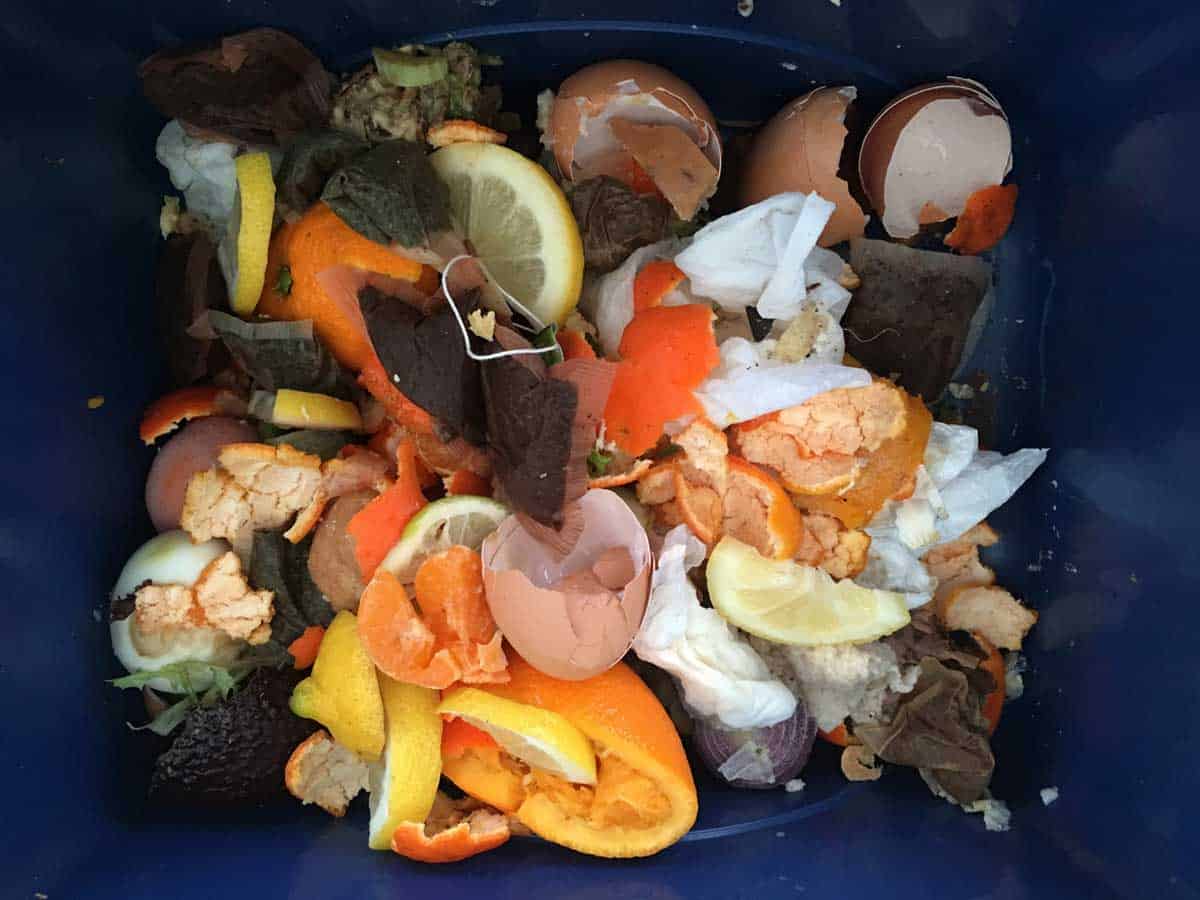Pollution is very much a hot topic in the modern age—and with good reason.
As humans have evolved and our industries, population, and production have exploded, so has pollution.
All around the world, initiatives are being introduced to try and help with this problem.
People are realizing the issues and significant dangers that go hand in hand with pollution and are starting to take matters into their own hands.
Some environmental pollution, however, is worse than others.
Some are long-lasting (non-biodegradable waste such as plastic pollution or oil spills) while other types of pollution only have an impact for a very short time (biodegradable waste such as organic pollutants).
In this article, we’re exploring biodegradable pollutants.
Environmental pollution takes many forms
Some people define pollution as coming in as many as seven different forms including air pollution and even noise pollution.
Generally, pollution is anything that has a negative effect on the environment, but when talking about biodegradable or non-biodegradable pollutants, we are discussing the matter—and usually something organic.
Examples of Biodegradable Pollutants
Biodegradable pollutants are organic matter, not harmful to the environment. Examples include:
- Human waste and sewage
- Paper and paper related products
- Cloth and clothing
- Animal bones
- Food scraps
- Plus, many, many more
Some of these items don’t seem to be pollutants?
When you think of the term “pollutant,” chemicals and toxic materials probably come to mind. This isn’t the definition of pollutant, however.
To be classed in this category, a material needs to either be in the wrong place, be there at the wrong time, or exceed the amount needed.
Once it fits this criterion, it is contaminating the environment. (There are varying degrees of severity.)
A good example of this is a leaf.

A leaf serves a purpose while it is on a tree and is not a pollutant. The second it leaves the tree and is unwanted, it is classed as a pollutant.
Other examples include food that has gone off.
Food is needed and, of course, does not contaminate the environment. As soon as it is out of date and no longer required, however, it becomes a pollutant.
Food even has the capacity to make us ill.
A garbage can full of unwanted food is a pollutant but a biodegradable one that does not cause long-term problems.
How are Biodegradable Pollutants Defined?
The basic definition of being biodegradable, as far as pollution is concerned, is a material which will be broken down by nature over time.
For instance, bacteria and other microorganisms will be able to naturally degrade the material in a relatively short space of time.
Non-Biodegradable Pollutants
To better understand biodegradable pollutants, we need to understand non-biodegradable pollutants.
Products which are not naturally biodegraded by the ecosystem of our planet are those which cause a long-term risk.
An incredible amount of the pollutants which feature on this list are extremely commonly used, and it is clear that the human race has had a big impact on this, with manmade materials being the most common examples.

- Computer components, hardware, and peripherals
- CDs and DVDs
- Water bottles, plastic bags, and anything else plastic
- Metals, tin cans, and metal products
- Rubber products including tires
- Man-made fiber products including some clothing
- Packaging products including Styrofoam
- Many chemical products including detergents
Non-biodegradable pollutants are often split into three categories:
- Solids including metal and plastics.
- Liquids including detergents, most pesticides, and other chemical products.
- Gases including carbon monoxide and methane.
Why are non-biodegradable pollutants such a big problem?
Non-biodegradable pollutants will remain a part of our ecosystem until they are broken down by some process.
Microorganisms do not do the job for us, nor have we invented ways to break down these materials on mass.
Chemical products can have a negative impact on all living organisms and, as such, have a knock-on effect on our planet.
In some cases, the pollution is even worse than we had feared.
For instance, plastic has been proven to break down into microscopic sizes – called microplastics – and can be found virtually everywhere.
Once it has become part of our ecosystem, it is very hard to return to a previous state.
As is often publicized on social media, some non-biodegradable products are also an issue due to their shape.
Products like plastic bags, straws or can holders have come under scrutiny for the problems they cause wildlife, particularly in the oceans.

Are biodegradable pollutants bad for people?
Being bad for the environment and bad for people are sometimes two different things but sometimes the same.
For instance, many toxic chemicals (non-biodegradable) are both. You would not want to be exposed to them and, even if they were indirectly released into the environment, they can have a negative effect.
Many biodegradable pollutants are bad for people without strictly being bad for the environment.
Take human waste and fecal matter, as an example. It may carries disease and being exposed to it is very bad for humans.
However, as it is broken down over time, it will not have a lasting impact on the environment.
Assuming that because something is biodegradable it is not bad for you is incorrect.
Using biodegradable pollutants vs. non-biodegradable
With all of this information in mind, it is easy to see why there is such a clamor for biodegradable products, especially in certain industries.
Coffee shops are a great example.
Non-biodegradable coffee cups cause an issue long-term, whereas biodegradable ones don’t.
Consider how many disposable coffee cups are used worldwide in any given day and you will start to understand the scale of the problem if they are not either being recycled or broken down naturally.
Fortunately, many companies are opening their eyes to the problems around pollution and products are constantly being released to try and solve issues brought about by pollutants of every type.
You Might Also Like…
- Is Fast Food Bad for the Environment? (& What You Can Do)
- Is Fabric Softener Bad for the Environment? (+5 Eco-Friendly Options)
- Is Fuel Dumping Bad for the Environment? (& How Often It Happens)
- Is Electricity Generation Bad for the Environment? (What You Should Know)
- Is Dry Cleaning Bad for the Environment? (4 Surprising Facts)
- Is Diamond Mining Bad for the Environment? (Important Facts)
- Is DEET Bad for the Environment? 4 Effects (You Should Know)
- Is Cat Litter Bad for the Environment? (5 Common Questions)
- Is Burning Cardboard Bad for the Environment? (6 Facts)
- Is Burning Paper Bad for the Environment? (6 Surprising Facts)
- Is Burning Leaves Bad for the Environment? (7 Quick Facts)
- 4 Natural Cleaners for Quartz Countertops
- 6 Eco-Friendly Acrylic Paint Brands (For Sustainable Artists)
- 5 Eco-friendly Alternatives to Acrylic Paint (& How to Make Them)
- Is Acrylic Paint Bad for the Environment? (7 Quick Facts)
- Is Acrylic Yarn Bad for the Environment? 8 Crucial Facts
- Is Acrylic Bad for the Environment? (8 Quick Facts)
- Is Aluminum Foil Bad for the Environment? 7 Quick Facts
- Is Bleach Bad for the Environment? 6 Crucial Facts
- Is Lithium Mining Bad for the Environment? 6 Crucial Facts
































